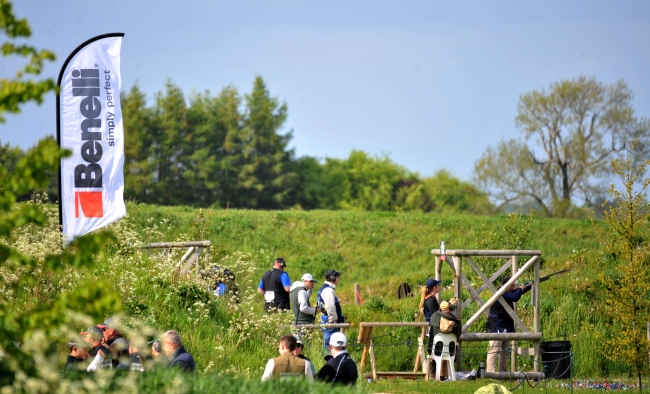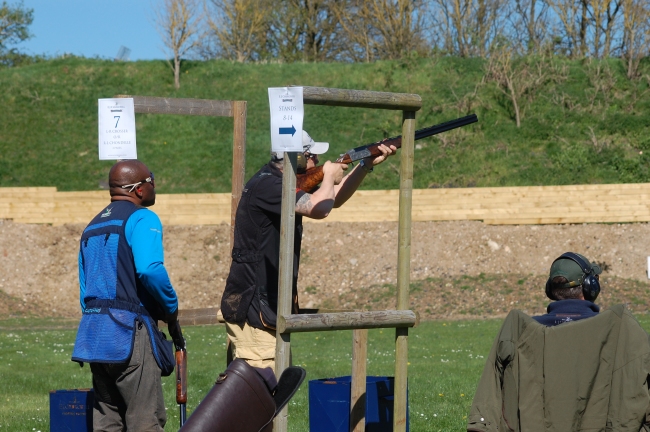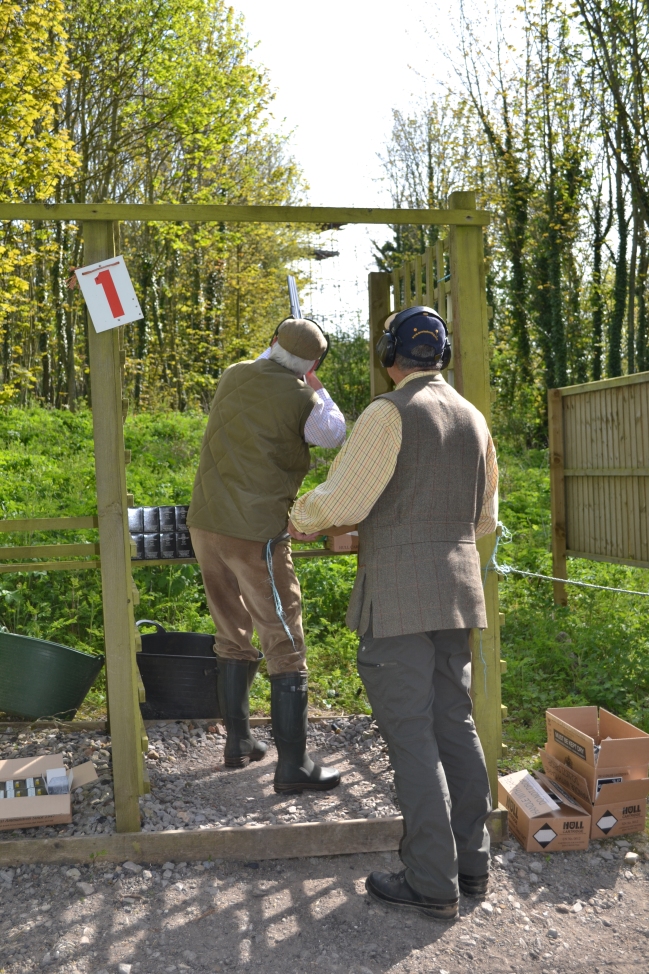The current CPSA averages offer a classification system that, despite the best efforts of all involved, cannot help but be fundamentally flawed. Don Brunt takes a closer look…

So, let’s examine two different shooters. They live hundreds of miles apart and have rarely, if ever, shot the same grounds. Shooter A knows what he likes, and that happens to be his local ground. The owner of the ground is a firm believer in setting easy courses that are usually won in the high 90s. That, in his opinion, makes for happy customers who keep coming back on a regular basis, which in turn makes for good business. Shooter A only shoots at that ground and, as the shoot is almost always run over 10 stands, over the years he has seen most of the presentations that the owner has come up with. Consequently he is very confident there, and with five pairs on each stand he knows that he can afford to take a pair to “find” them, and still shoot 80% on that stand. His average for last year was 89%, and although he has yet to win a shoot he is very proud to hold a AAA classification.

Shooter B tends to travel around a lot more. He also does most of the major shoots and enjoys being challenged by testing targets. He has shot more than a dozen grounds in the last year and usually shoots at grounds which put on 12 stands or more, with some of the majors he attends being run on 14 or even 15 stands. This means that he sometimes only gets two or three pairs on a stand, therefore if he misses his first pair on a three-pair stand he is 33% down already. Shooter B has shot an occasional score in the 90s but is mostly in the low to mid 80s with an average of 83.2, which saw him classified as A class.
The classification system says that shooter A is a better shot than shooter B, however, chances are that if they went head-to-head at a ground which neither had been to over 13 stands, logic suggests that shooter B would post the higher score. It may well be that shooter A finds the experience to be something of a wake up call, as he has been led into arguably thinking he is a better shot than he actually is by the classification system. The current system doesn’t take into account that although he often shoots a 90, there are usually 20 or more shooters with scores in the 90s at his local ground. Conversely, shooter B came third overall the last time he shot a 90.

As far as the classification system is concerned the targets shot by shooter A are the same as those tackled by shooter B, while it’s quite clear that they aren’t. However, there is no way of adjusting a score to reflect the difficulty level of a course. Numerous ideas have been put forward but perhaps one of the most effective suggestions came via an experienced shooter on social media, who came up with the idea that every shoot should have its own classification on the day. That way it wouldn’t matter whether it was won on a 98 or on an 87 – the top 5% of shooters on the day would still be recognised as being in the AAA cut-off, while the next 10% would be in AA and so on, with the prize fund places being set accordingly. The writing of an algorithm to put people into their classes couldn’t be overly difficult, and therefore the information that would feed back to the CPSA would simply be their score and what class they finished in on the day. That way, the classification system would simply report on calculations that had been done on the day at the shooting ground, rather than producing the classifications itself. This would allow for people to have good or bad days without penalising them particularly, and would prevent any sandbagging from those who try to manipulate the system, since the payouts and the scores needed to be in the money would vary from shoot to shoot depending on its difficulty.

It would of course mean that someone might shoot a B class score at one event and then shoot a AA score at the next, but it wouldn’t make any difference. It would also mean that course setters could have more of a free hand, especially on major shoots, so that if it was a little bit trickier than the norm nobody would feel especially hard done by.
There is talk that at some point in the future the current CPSA system will update far more frequently than its current twice yearly reclassification, which would undoubtedly lead to a truer representation of a person’s “average” score. However, no matter how often or how well meaning it may be, it will never be able to adjust for the differences in difficulty between shooting grounds, target setting, weather conditions, and a whole host of other variables which the daily classifications would solve. Until that is addressed then the classification system will continue to be open to manipulation from those who end up in the wrong class, either by design or simply by habit, as illustrated by shooter A.
